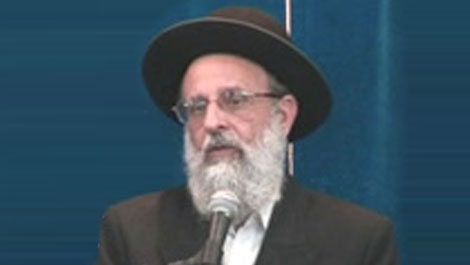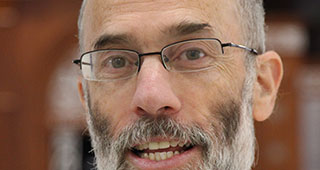Beit Midrash
- Torah Portion and Tanach
- D'varim
- Ha'azinu
The Torah study is dedicatedin the memory of
יעקב בן בכורה
Moshe’s prayer after cheit ha’egel came at a time when Bnei Yisrael’s relationship to Hashem can be compared to that of a bride and groom when the groom cancels the wedding. The midrash compares the breaking of the tablets to the tearing of a marriage contract in order to protect the bride who was unfaithful from being judged as a married woman (Shmot Rabba 43). The aim of Moshe’s subsequent prayer was to try to renew the marriage between Hashem and Bnei Yisrael. On Yom Kippur, Hashem declared, "salachti" (I forgive you), signifying the return to the status of bride and groom. Both the story of Moshe and Tehillim 27 speak of being encased in sukka. In Tanach, this can refer to entering under the marriage canopy (as is implied in Yeshaya 4:5-6). Indeed, the days between Rosh Hashana and Yom Kippur are sanctified as days to prepare and return to Hashem in order to renew Bnei Yisrael’s marriage to the Holy One Blessed be He.
According to this, we can understand why it could be deemed inappropriate to be busy preparing for a personal, marriage ceremony between Rosh Hashana and Yom Kippur. This time is sanctified as a time to work on our connection with Hashem and our "communal canopy" and not a time to worry about our personal, wedding arrangements. Along these lines, we can show an added significance in reading the last perek of Hoshea on Shabbat Shuva. This perek uses terminology that is uniquely reminiscent of Shir Hashirim ("I shall be like the dew to Israel, it will blossom like a rose and strike its roots like the (forest of) Lebanon. Its tender branches will spread... Tranquil will be those who sit in its shade, they will refresh themselves like grain and blossom like the grapevine ..." (Hoshea 14:,6-8). Indeed both describe Hashem’s relationship with Bnei Yisrael as that of a young couple in love. These psukim are read on Shabbat Shuva to remind us to focus on Israel’s relationship with her Beloved.
Let us pray that during this time we too will find favor in Hashem’s eyes, and will merit returning to the status of being face to face with Hashem.























